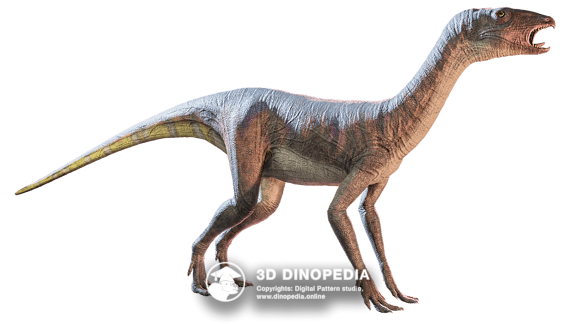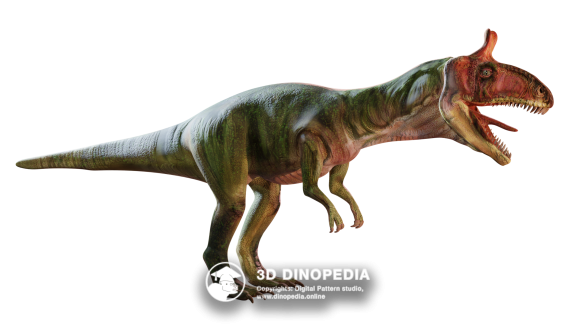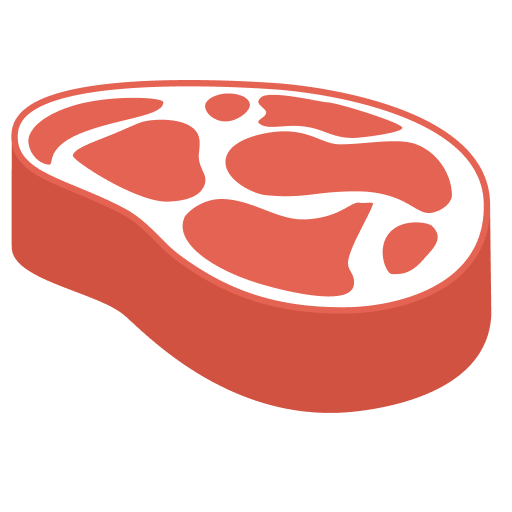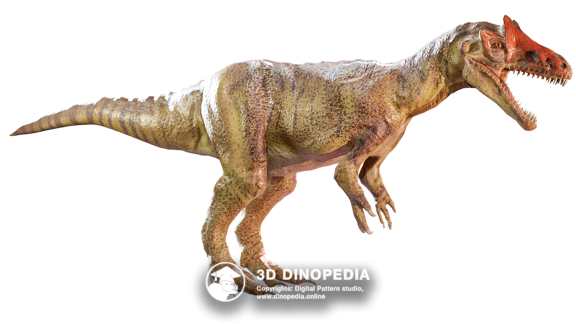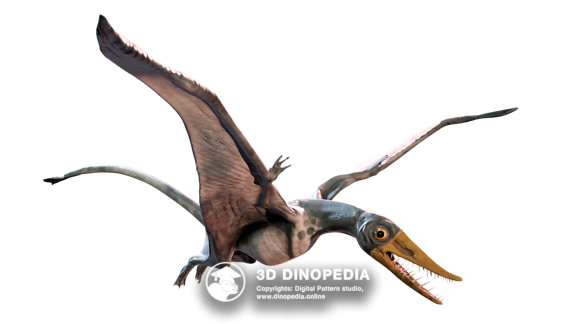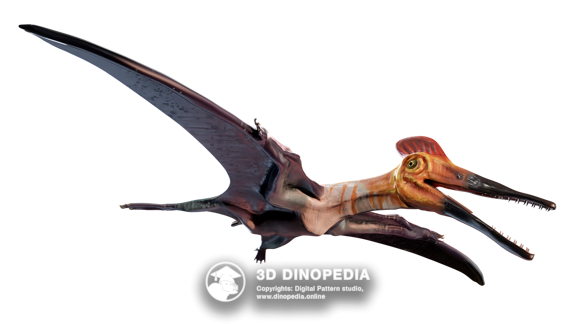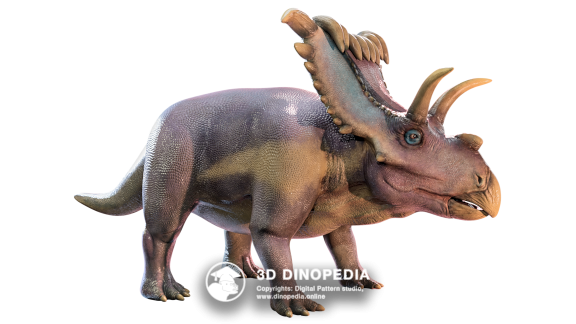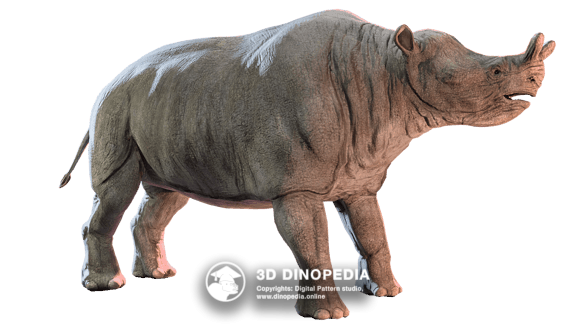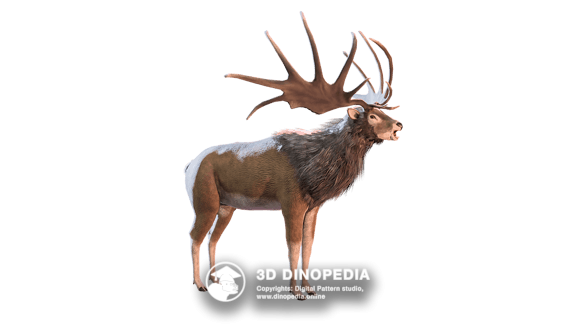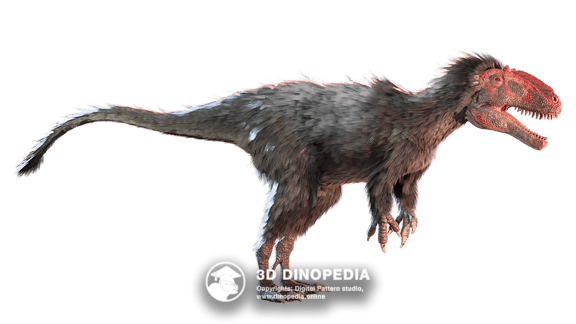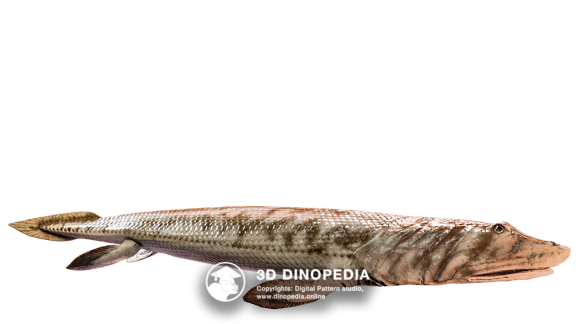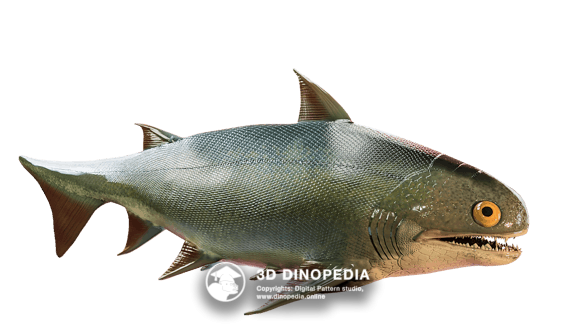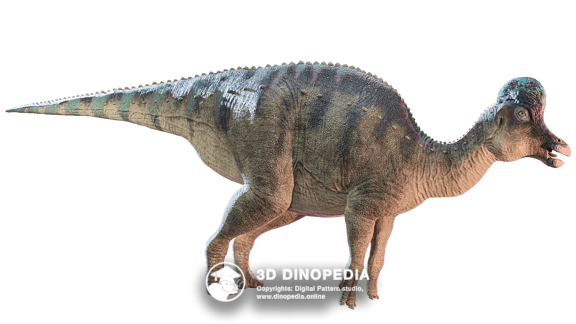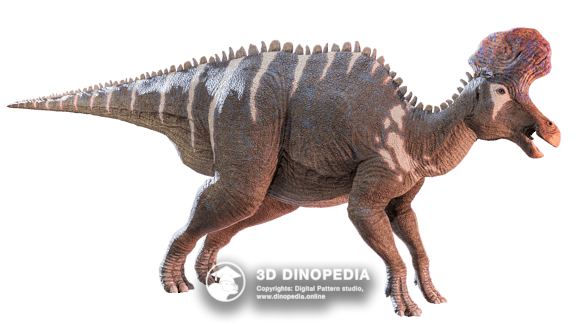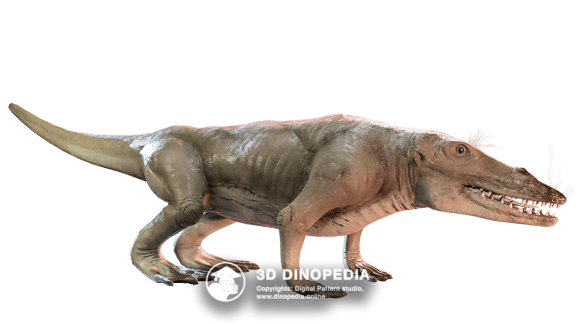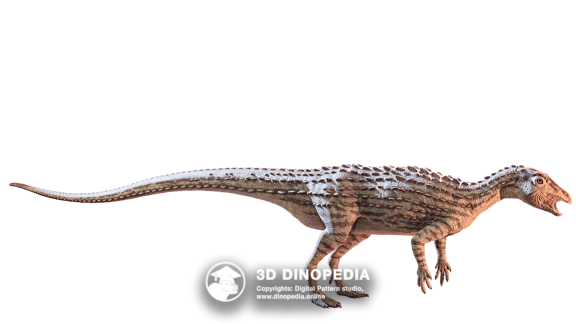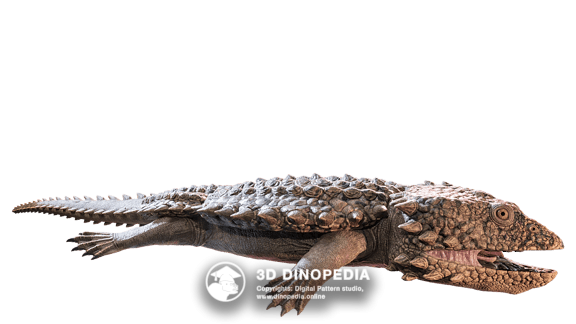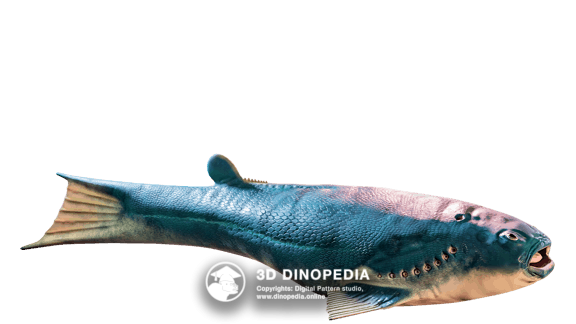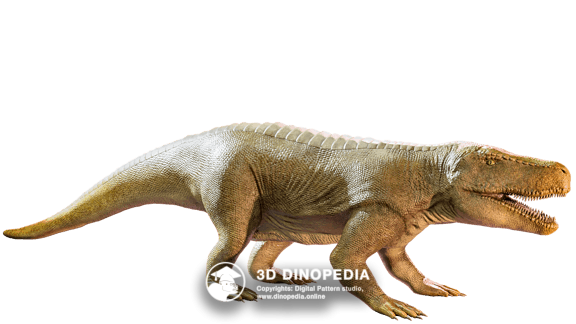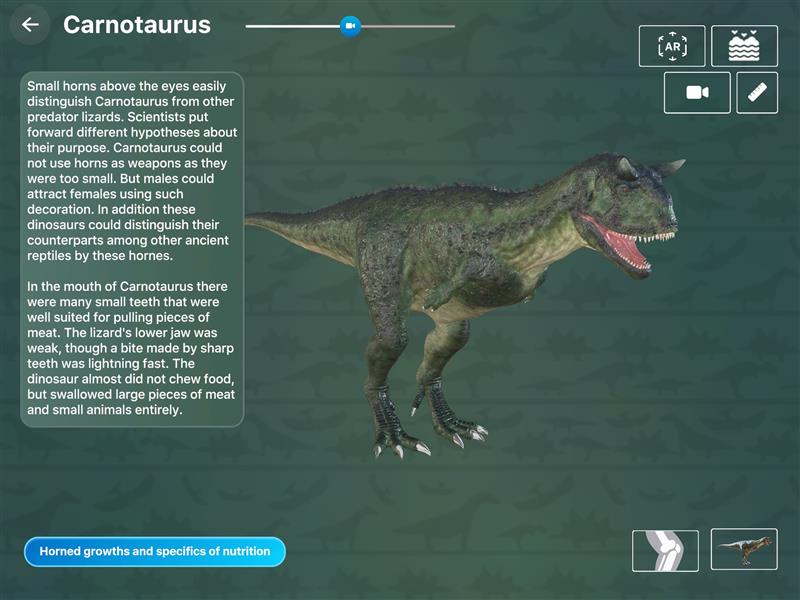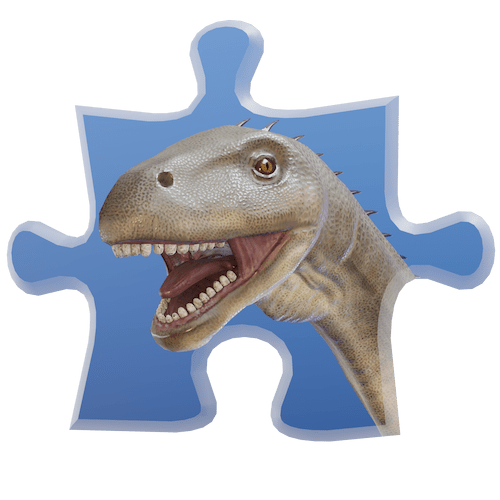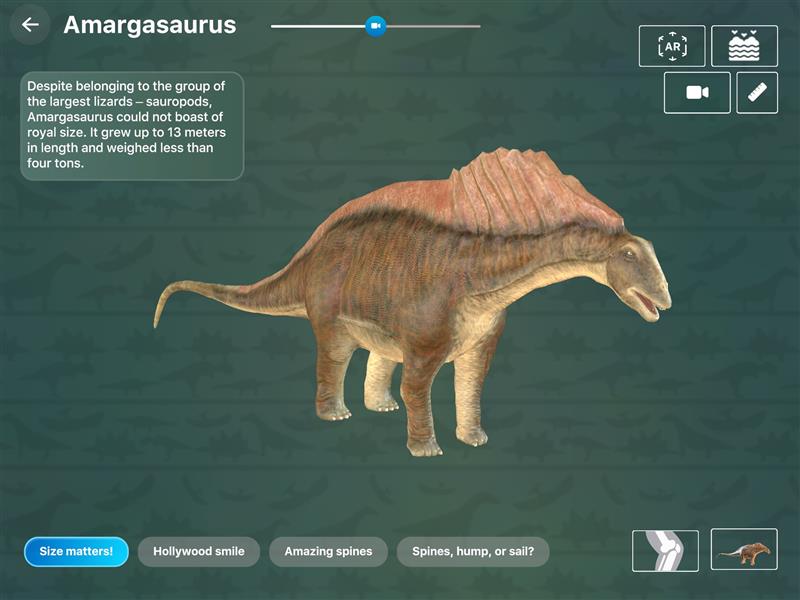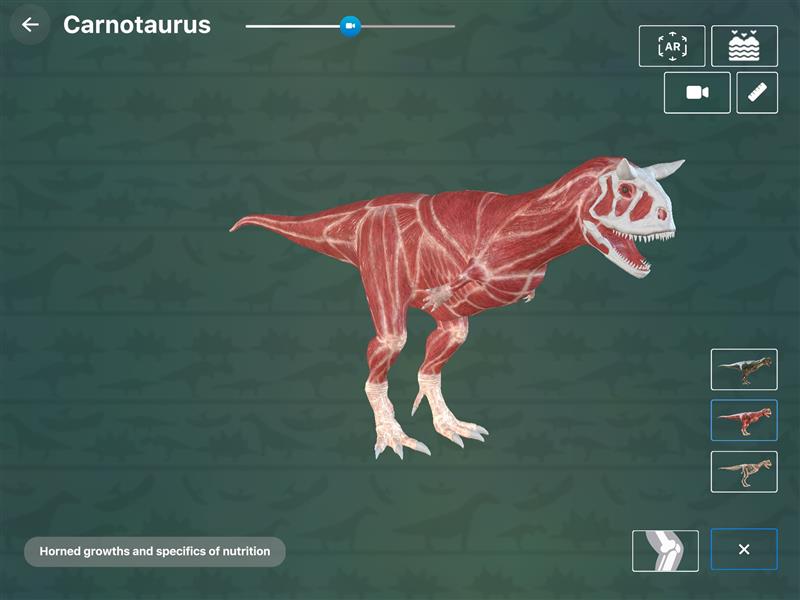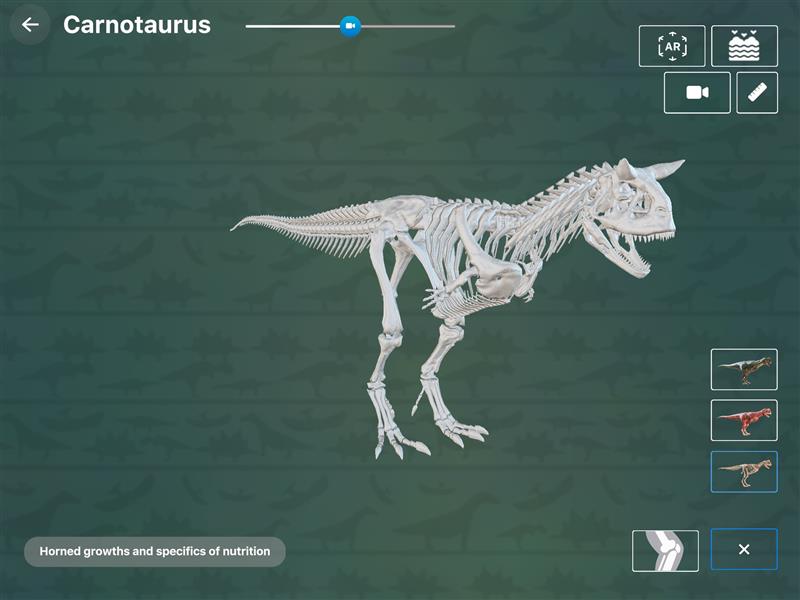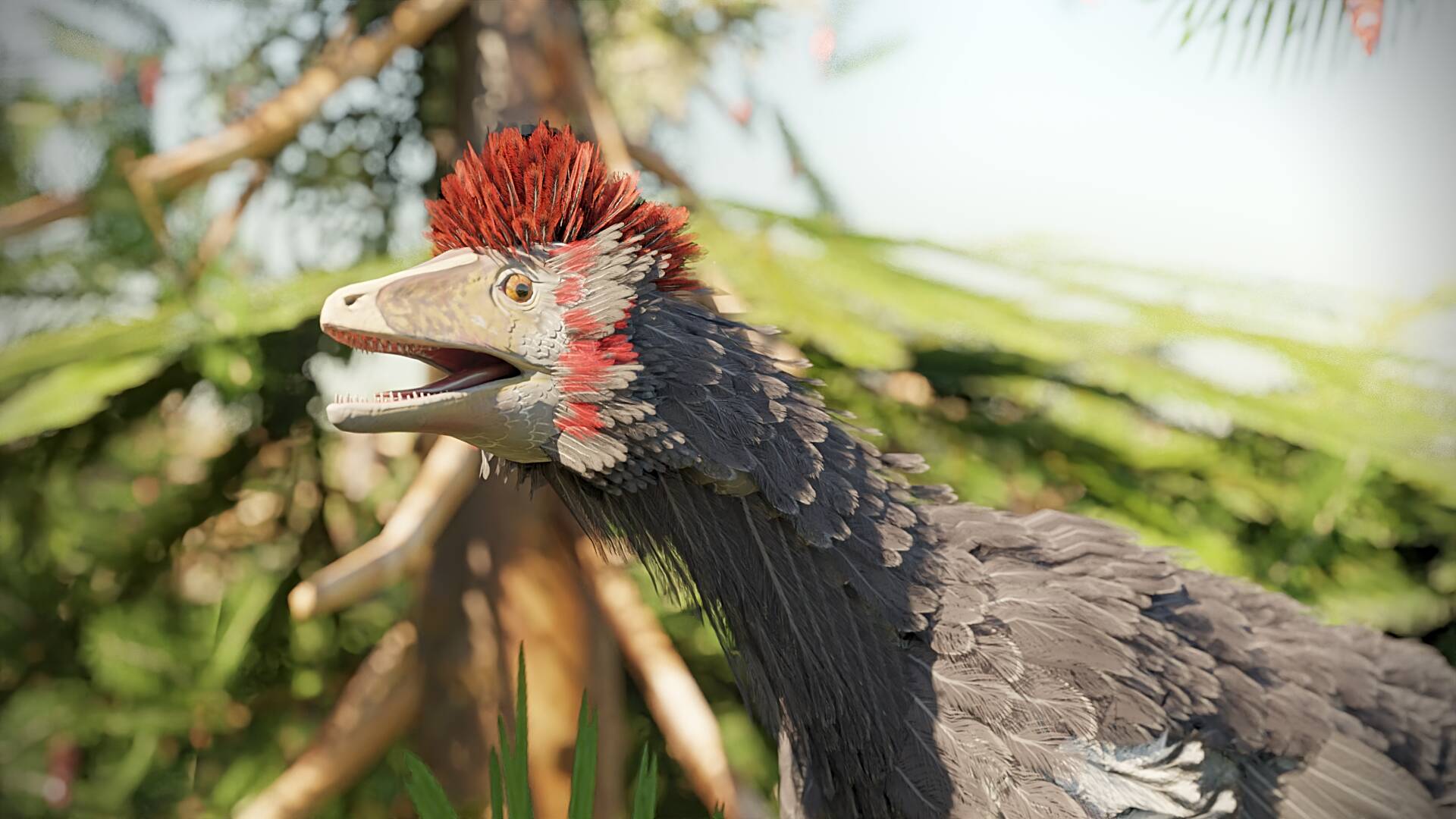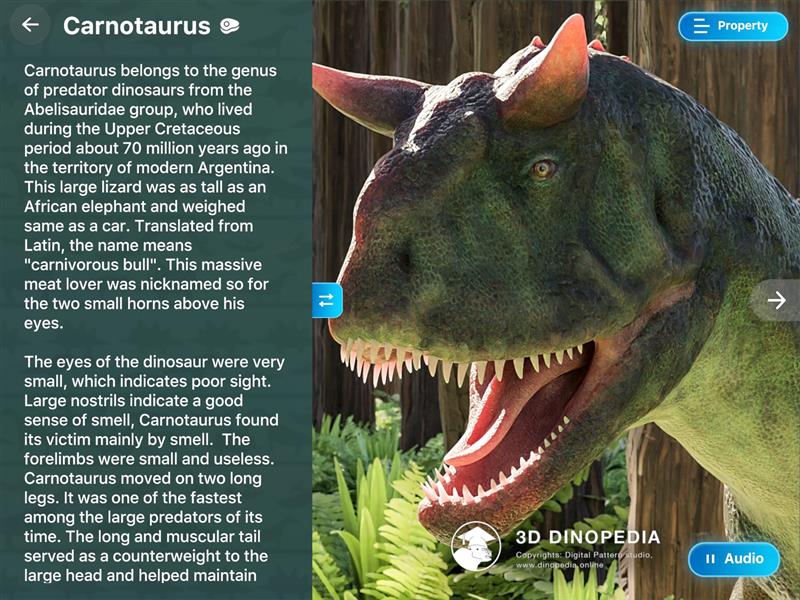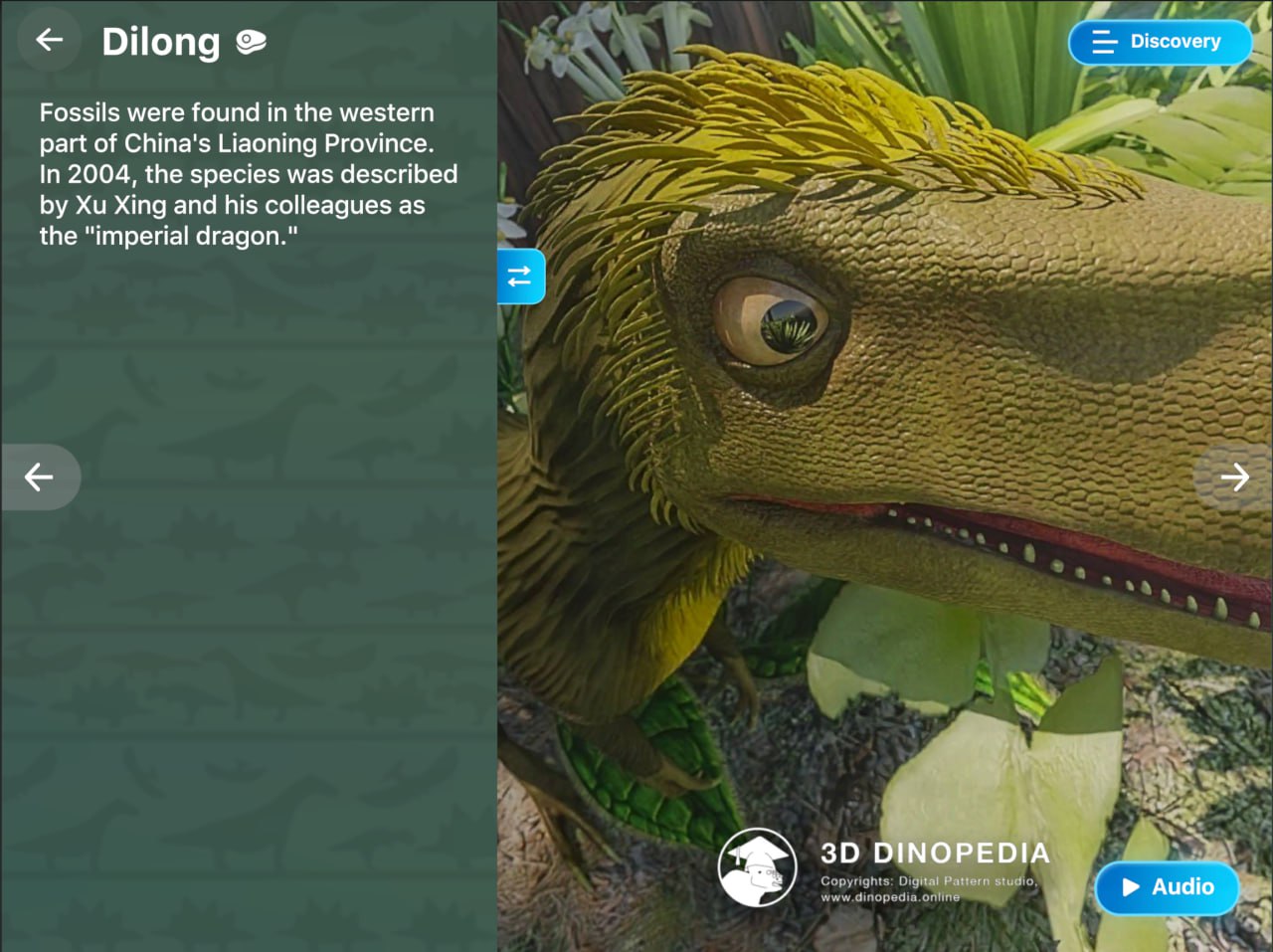Silesaurus

Name meaning:
Named after region of Poland Silesia
Period of life:
231–227 million years ago
Period:
Habitat:
Coasts
Taxonomy:
Archosaurs
Countries:

Name meaning: Named after Silesia, the region of Poland where its fossils were discovered.
Silesaurus roamed the Earth in the Late Triassic, around 230 million years ago—well before dinosaurs became the dominant land animals. Its fossil remains were found in Poland, in the Silesia region from which it takes its name.
This was a medium‑sized animal about 2.3 metres long, lightly built with long legs, indicating it was a nimble, fairly fast runner. It had a narrow snout with forward‑facing nostrils, and its large eye sockets suggest keen vision.
Rather than the blade‑like teeth used for tearing flesh, Silesaurus had small, conical, serrated teeth that were unevenly spaced in the jaws. The tip of the jaw lacked teeth entirely and likely supported a keratinous beak. For a long time this jaw structure was taken as evidence of herbivory, and researchers thought Silesaurus fed on soft shoots and leaves.
However, recent studies of coprolites—fossilised droppings—presumed to belong to Silesaurus have changed that picture. Beetle remains found in these coprolites indicate Silesaurus may have been insectivorous, similar to many modern birds. It may have used its beak to pick insects off the ground or snatch them in the air. A compromise is also plausible: Silesaurus could have eaten both plants and insects, making it an omnivore.
Silesaurus is an important subject for palaeontologists because it helps clarify the evolution of dinosaurs and dinosaur‑like reptiles, as well as the diversity and ecological relationships of Triassic animals.
Discussions
Other animals
 INTERESTING FACTS
INTERESTING FACTS
 PUZZLES
PUZZLES
 HOME
HOME
 3D MODEL "SKIN"
3D MODEL "SKIN"
 3D MODEL "MUSCLES"
3D MODEL "MUSCLES"
 3D MODEL "SKELETON"
3D MODEL "SKELETON"
 VISION
VISION
 NEIGHBORS
NEIGHBORS
 VOICE ACTING
VOICE ACTING
 AR - MODE
AR - MODE
 GALLERY
GALLERY
 HISTORY OF DISCOVERIES
HISTORY OF DISCOVERIES
